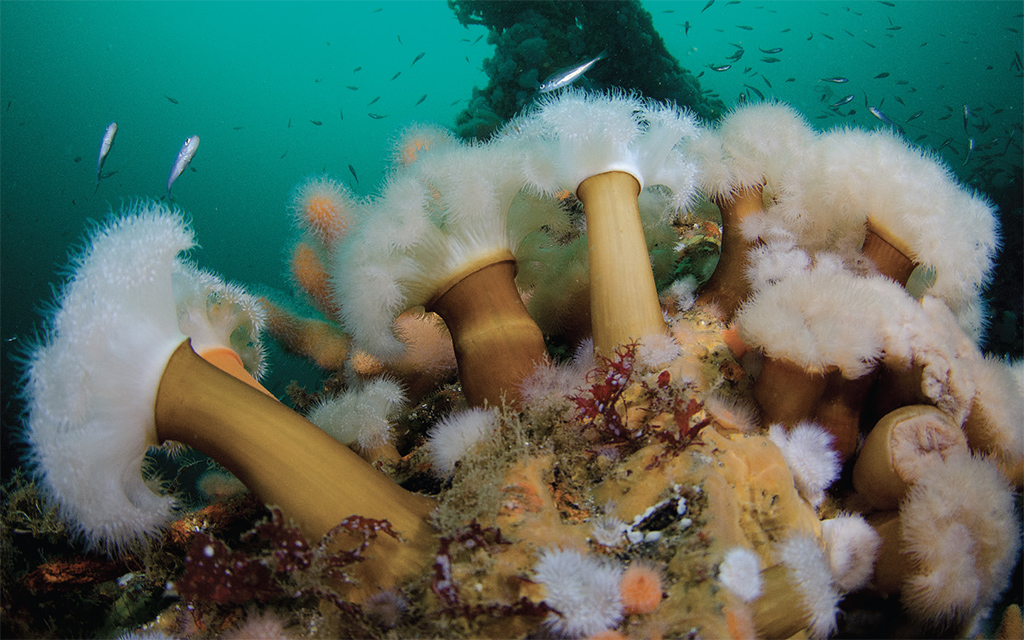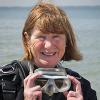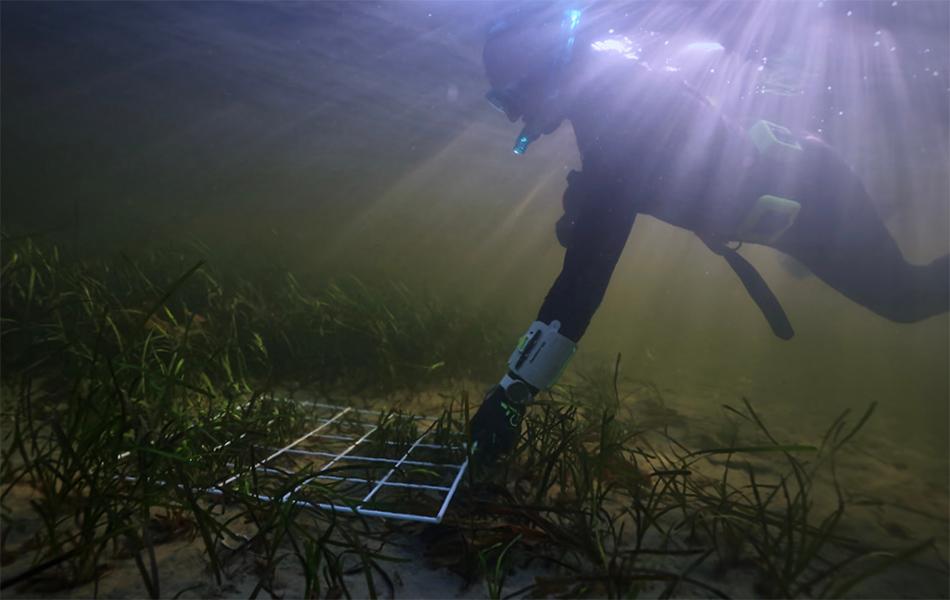
Jane Maddocks takes a deep dive into BSAC’s Underwater Surveyor course, and how it can enhance our projects.
There is a saying that if you give a person a fish, you feed that person for one day but if you teach them how to fish, you feed them for life. Thinking about how to do underwater surveys tells me that BSAC’s new Underwater Surveyor course won’t just give you survey skills for one project, but will give you survey skills for the rest of your diving life.
Underwater Surveyor (which you can do as a snorkeller as well as a diver) will provide you with a range of skills. You can then use those skills on so many of the amazing projects that BSAC members could get involved with, not just Project Seagrass or Operation Oyster, but other projects as well.
Next year you may choose to do an Easter egg hunt-cuttlefish, squid, skates, and rays all have distinctive egg masses and round about Easter is a good time to look for their egg cases. This year you may want to get involved in Diadema recording (long spined sea urchin) if you are out in the Red Sea.
You may simply want to get involved in recording the presence or absence of plumose anemones on different parts of your favourite wreck. We need records of numbers of plumose – there is some evidence they could be declining.
Successfully completing the Underwater Surveyor course, whether as a snorkeller or a diver, is a springboard that can take you in the direction you want to go. What we care about is highly individual – we’re all different – but Underwater Surveyor is flexible in its application, and the skills that are taught.
Some of us want to record and research wrecks. Others have been swept up in the current challenges of recording seagrass, native oysters, and maerl. Still others have set up huge branch projects to record different species and the conditions within the harbour, but more from Southsea Sub Aqua Club later!
Shipwrecks make brilliant artificial reefs as well as historical records – the best of both worlds, if you will. Recording the wrecks and the marine life on them can make a great project for the branch and engage all members who join in using their diving as ‘travel to fun’.
Underwater Surveyor can be taught by Open Water Instructors in the branch as well as in centres. For the Underwater Surveyor we do ask that the instructor does the eLearning before teaching the course. OWIs do not have to do the practical before teaching this course to students.
Once the OWIs have completed the eLearning and got their quizzes marked at pass level, they should contact HQ and get the USI (Underwater Surveyor Instructor) status added to their MyBSAC.
It’s such fun, and valid for scientific divers as well. It teaches excellent underwater recording methods, and we all know that diving with a purpose keeps us renewing our subs.
I have a quote from Laura Baker, from Orkney Sub Aqua club, about one of the dives we did in November on an Underwater Surveyor course:
We dived the German Light Cruiser SMS Karlsruhe. We ran a transect (tape) out for 15m and did a series of random quadrat placements on the tape. We then took images of each quadrat, recording its exact position on the tape.
We came back to the boat and as a group identified the species observed. Specific sightings, correctly identified, could then be submitted to iNaturalist - a network of citizen scientists who map and share biodiversity observations globally.
Following on from that weekend, Orkney’s members are now involved in mapping the seagrass beds in some detail. They are recording the health of some diverse marine habitats, including the fauna on wrecks, and are using remote cameras to record potentially shy fish, including skate, for the Orkney Skate Trust.
Finally, a word to the wise. It may be worth recording your surveys, and the different techniques you have used, with the results. Keep evidence of your scientific diving development. You never know if what you do today will lead to something even bigger tomorrow.
Article ‘Underwater Surveyor: tools for the future’ by Jane Maddocks first published in SCUBA magazine, Issue 146 June 2024.

 Author: Jane Maddocks | Posted 16 Jul 2024
Author: Jane Maddocks | Posted 16 Jul 2024



